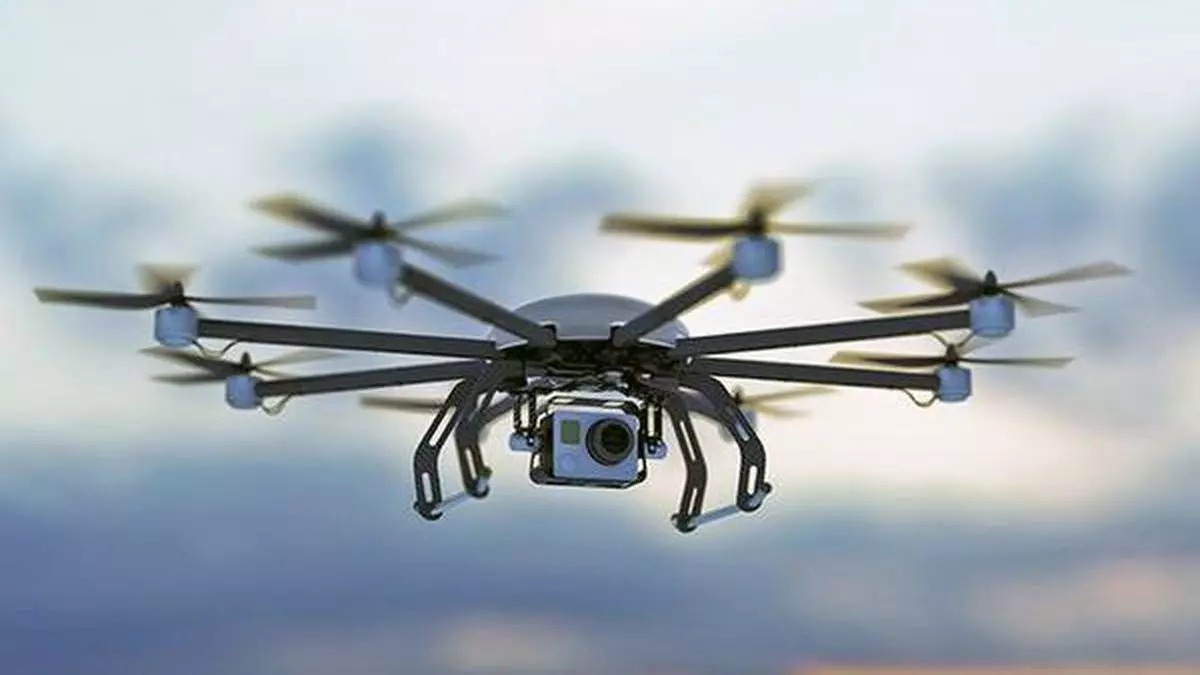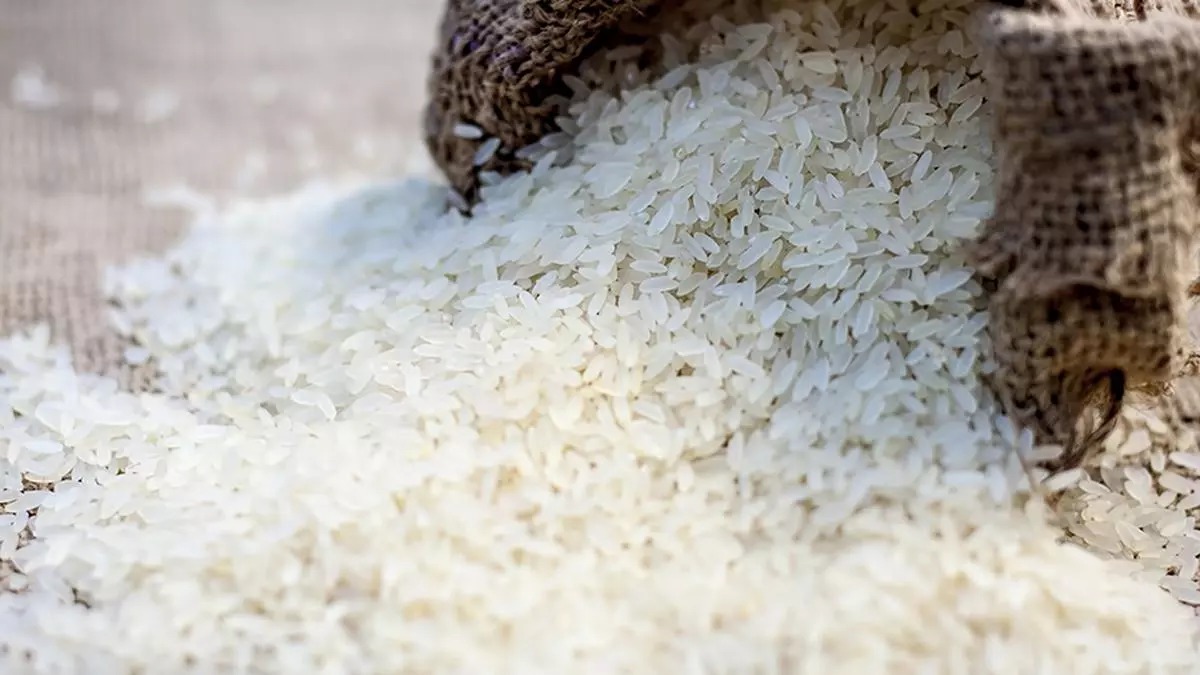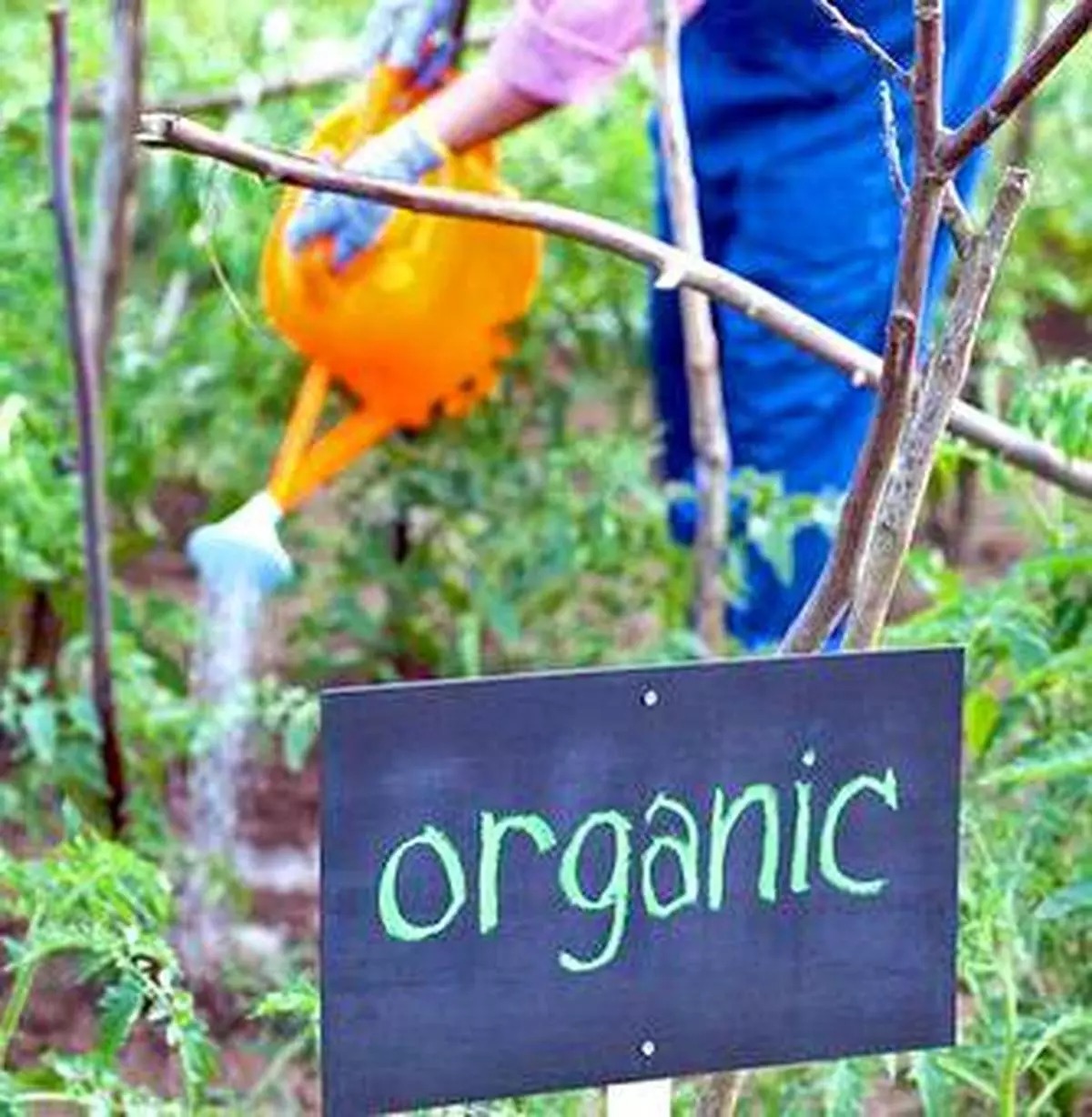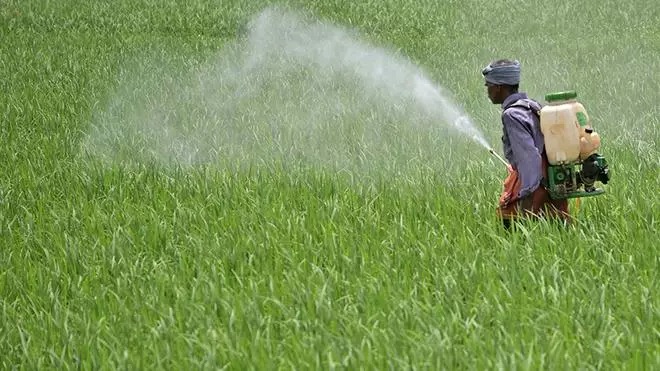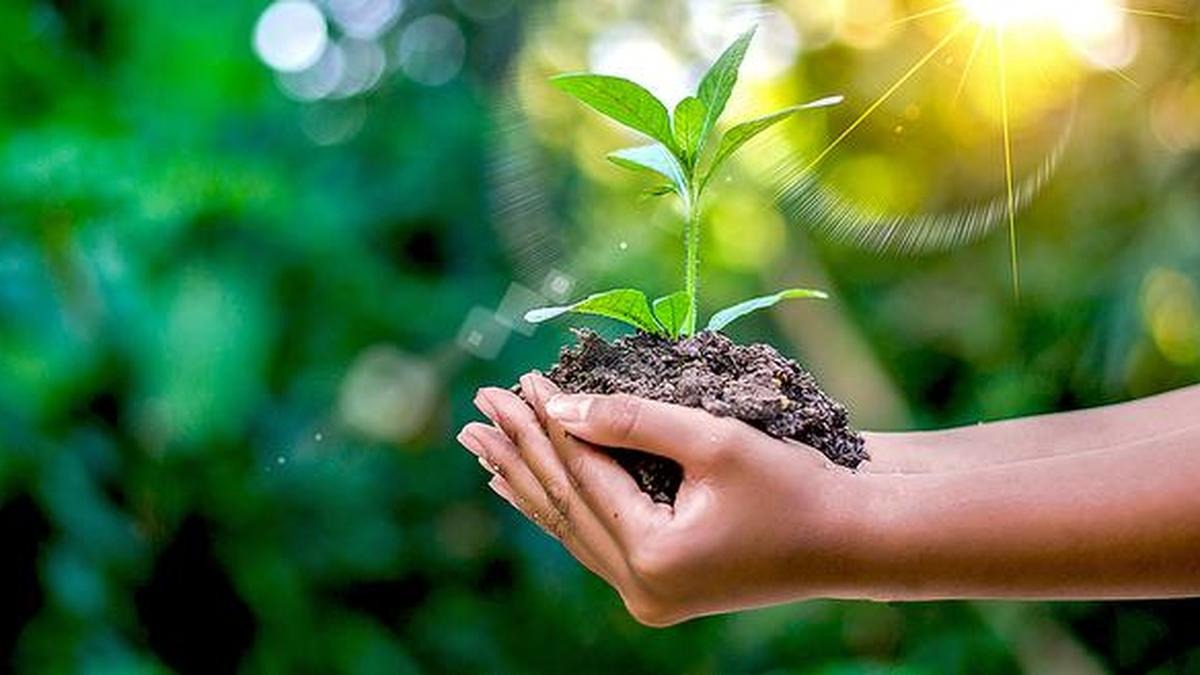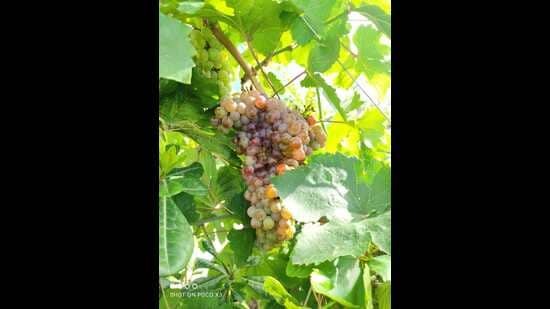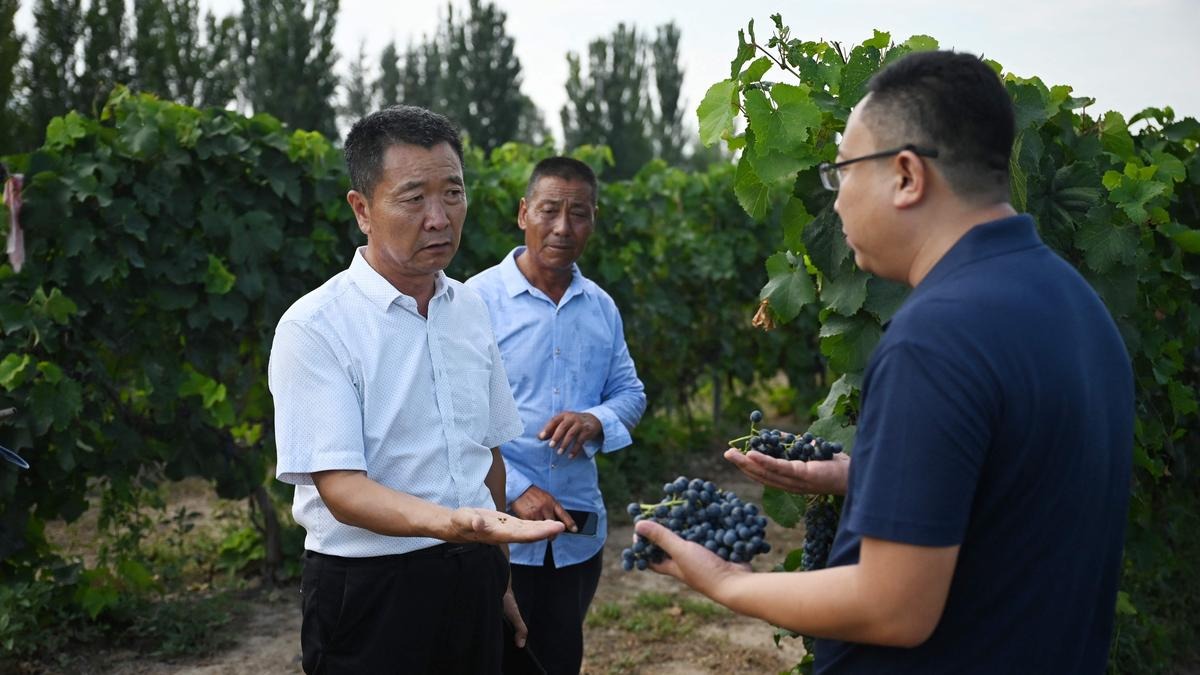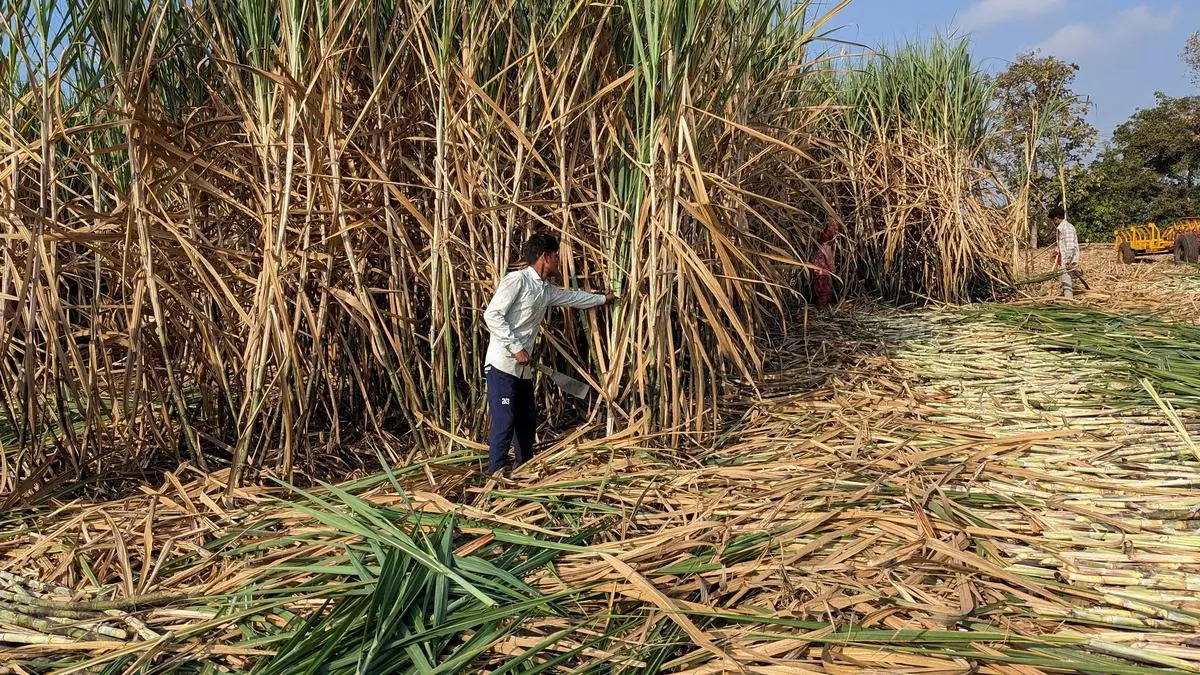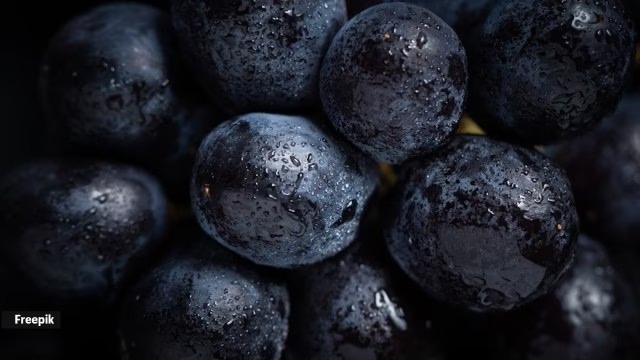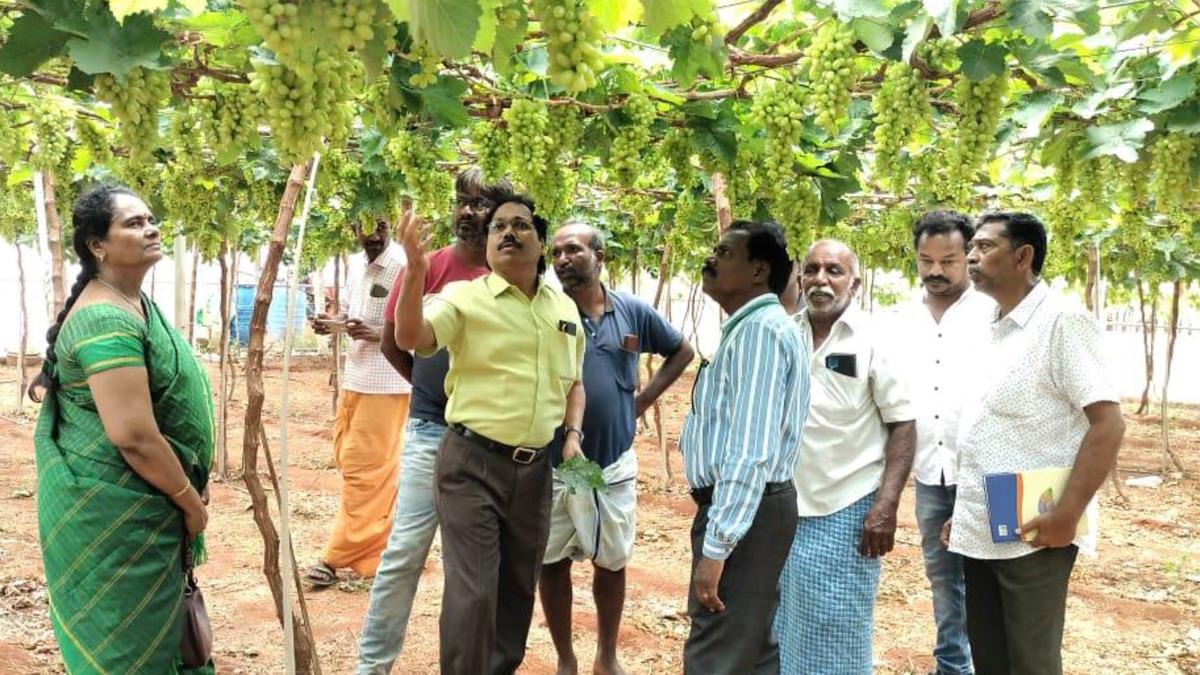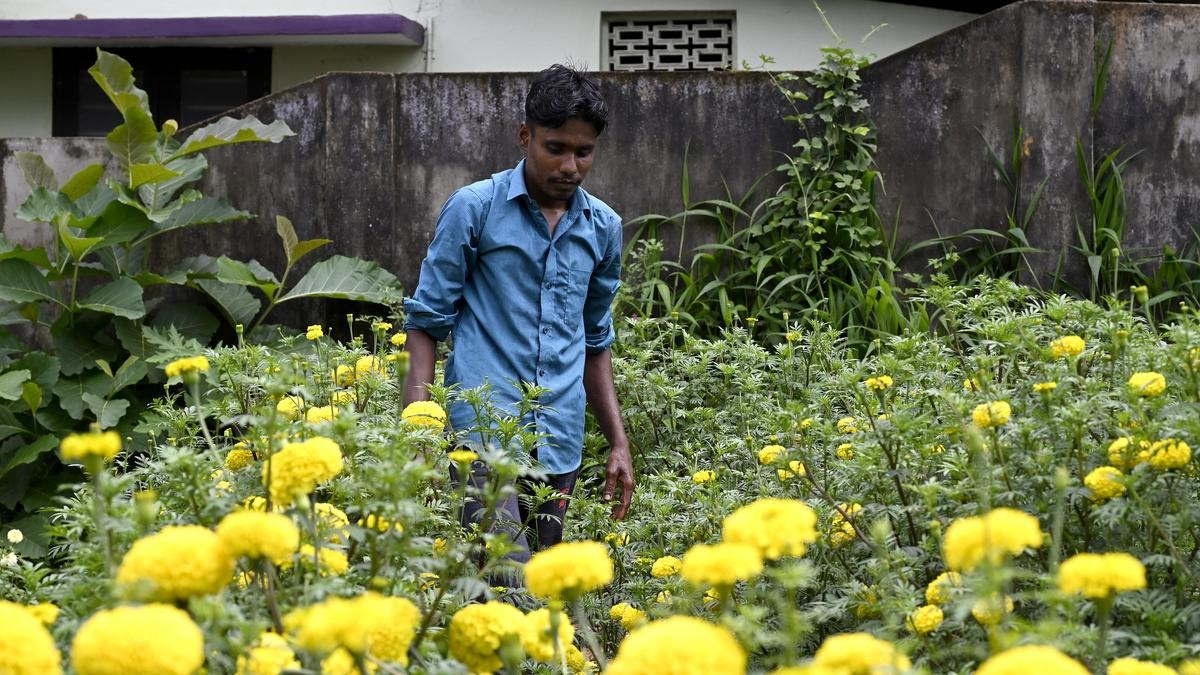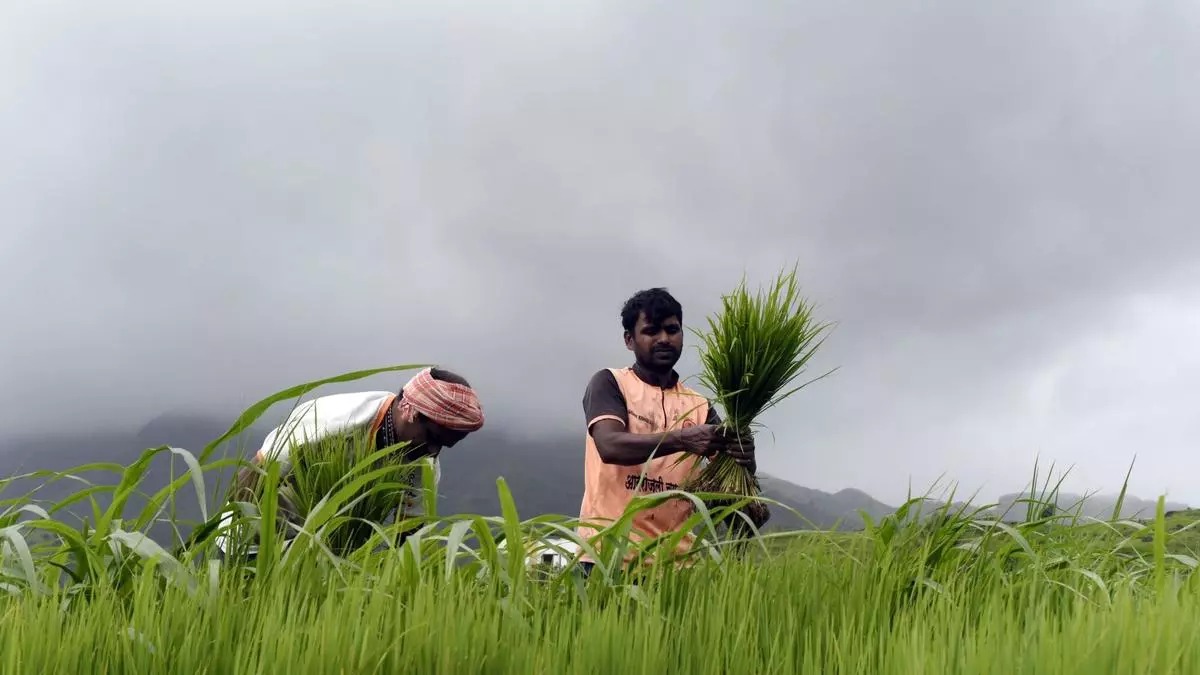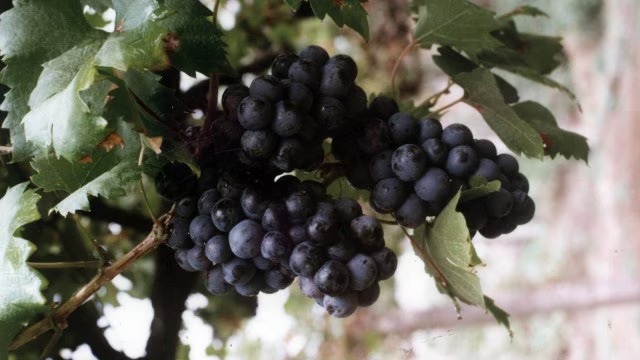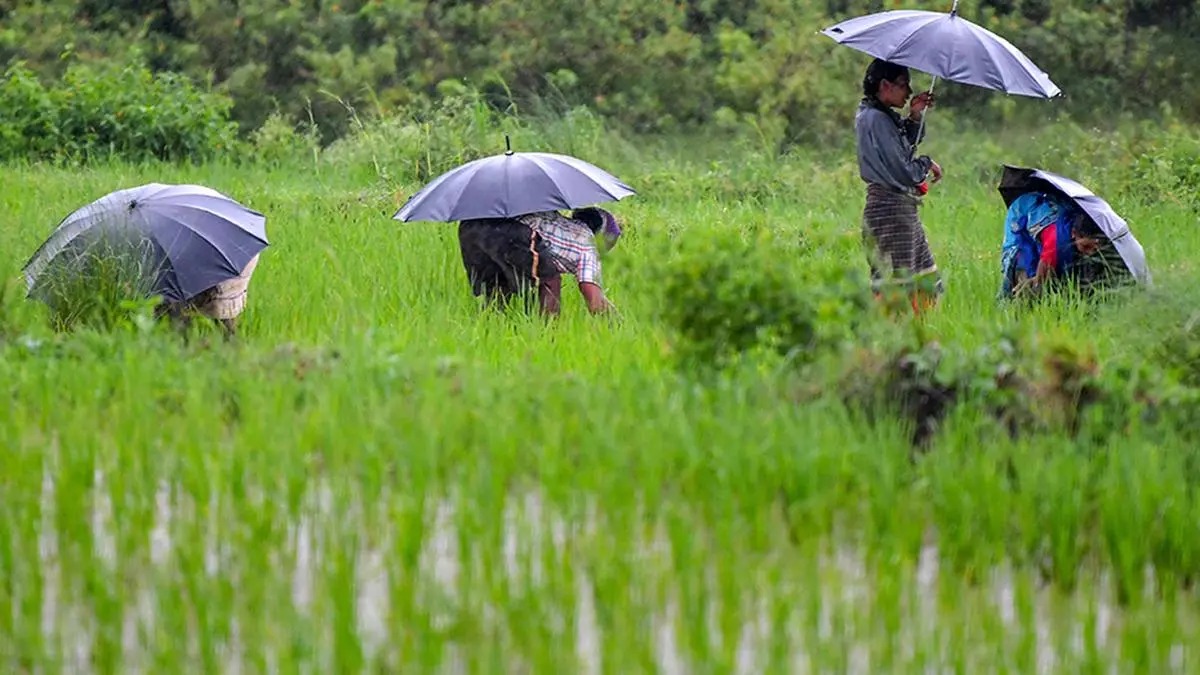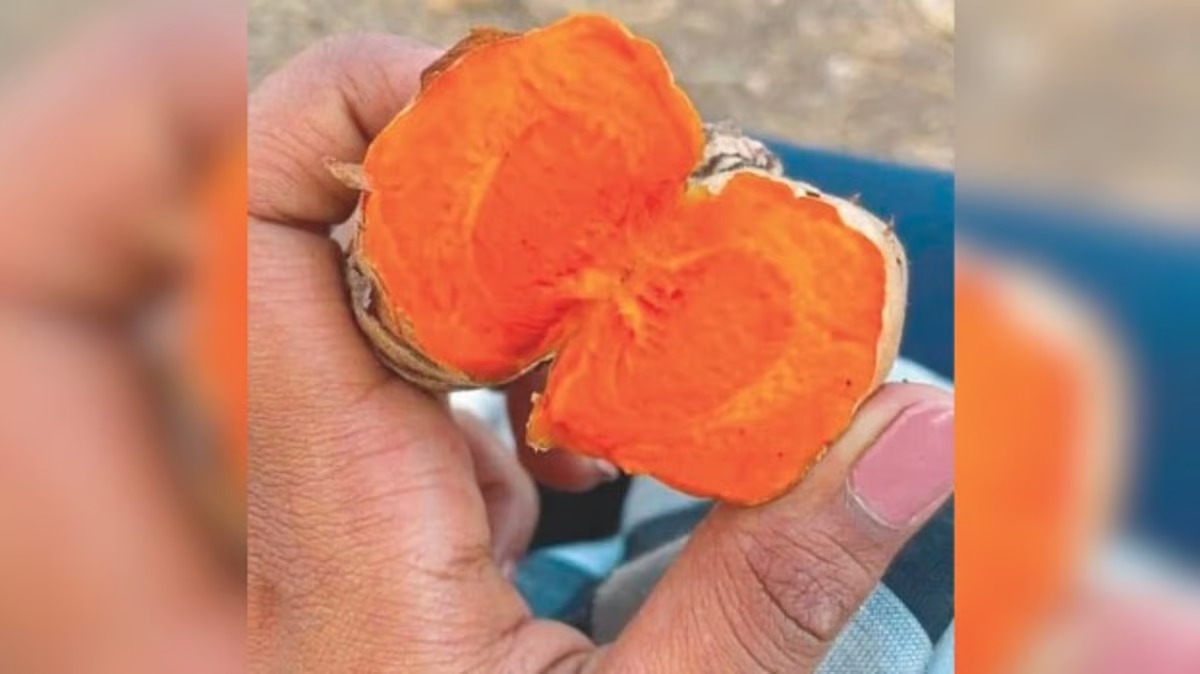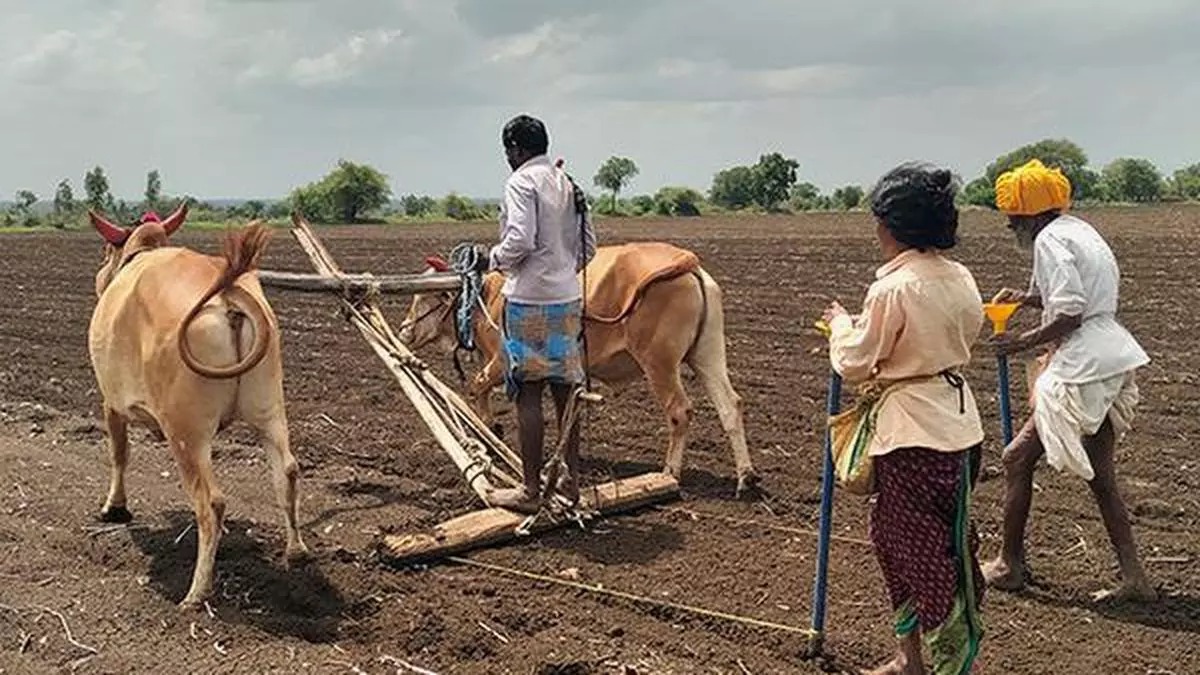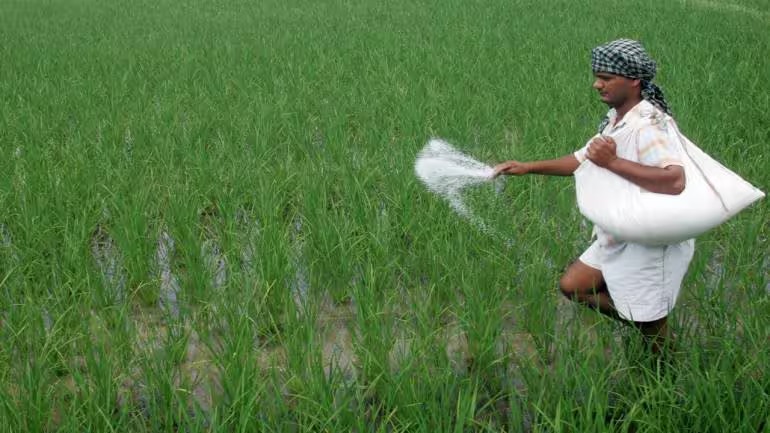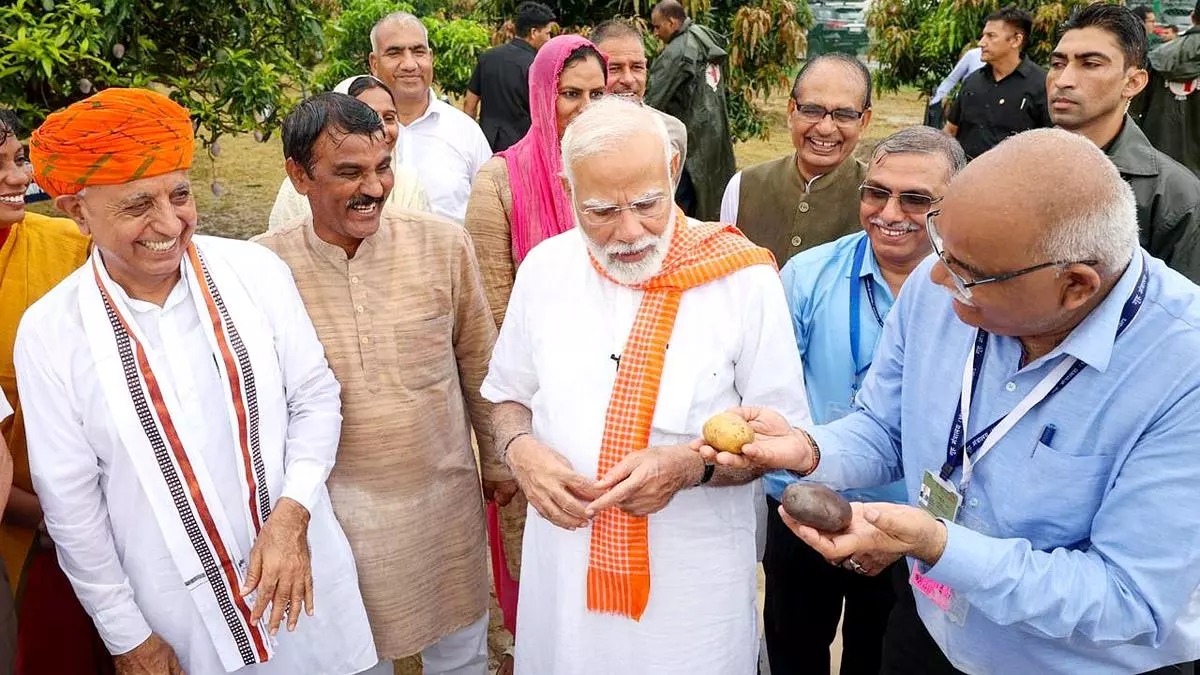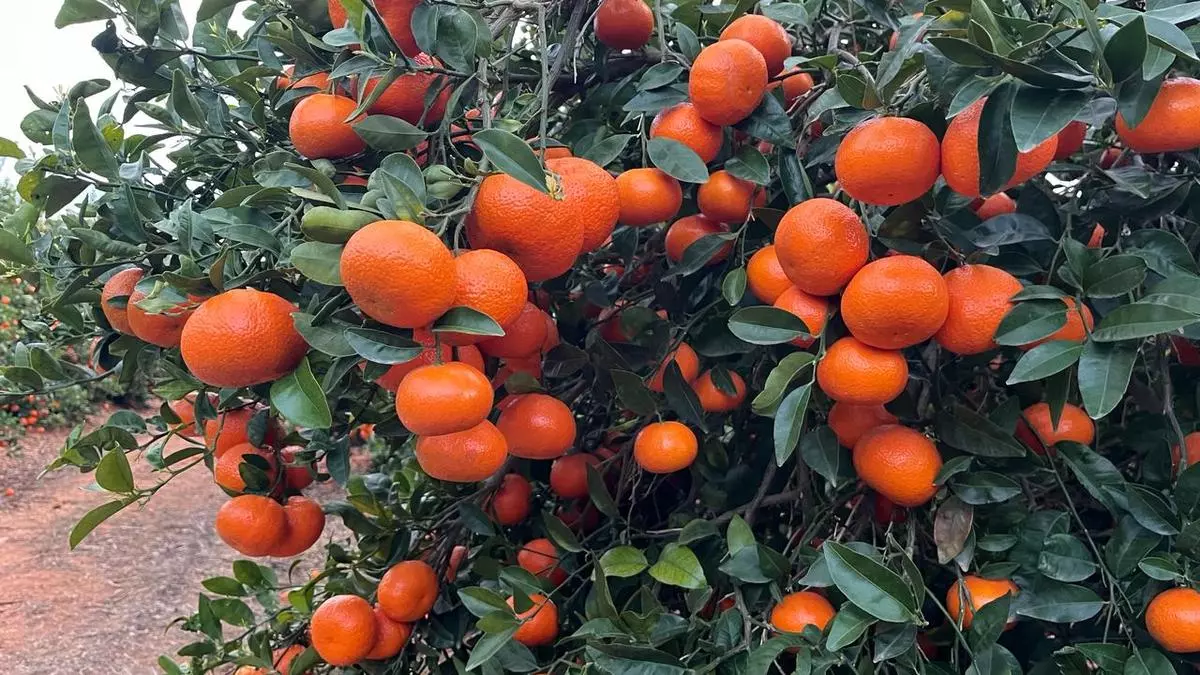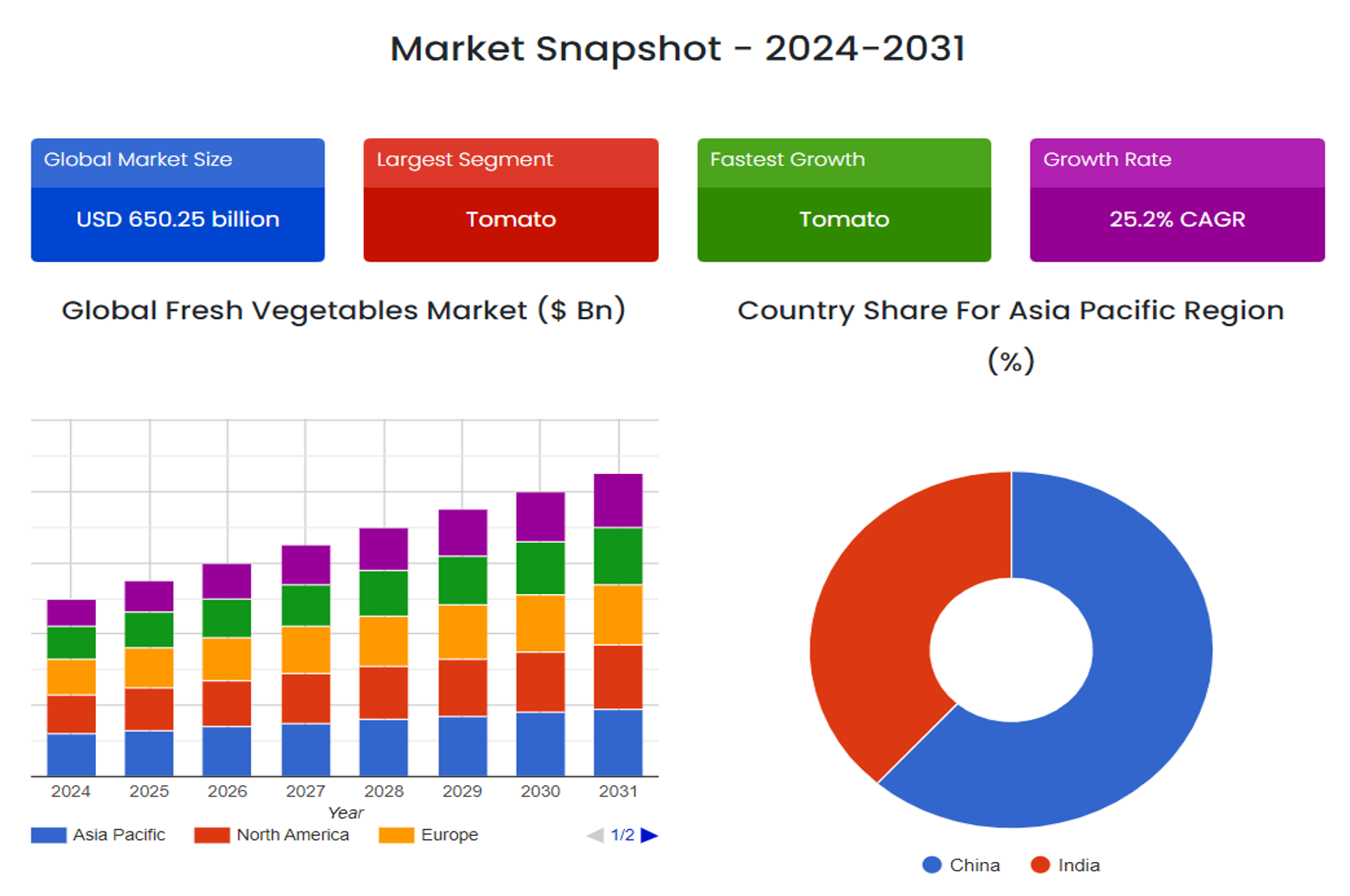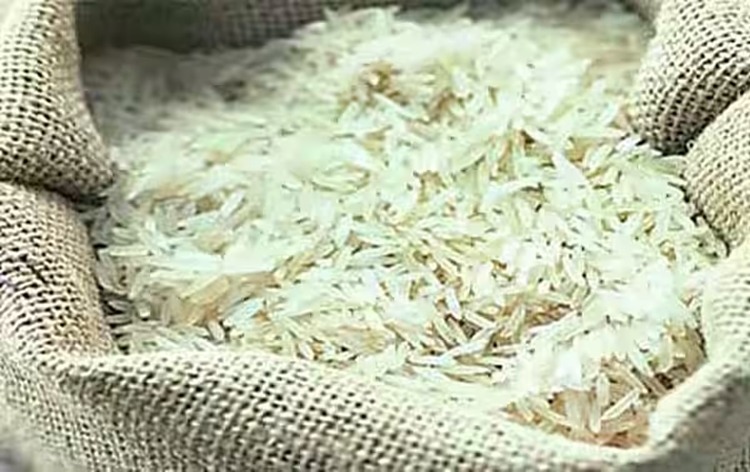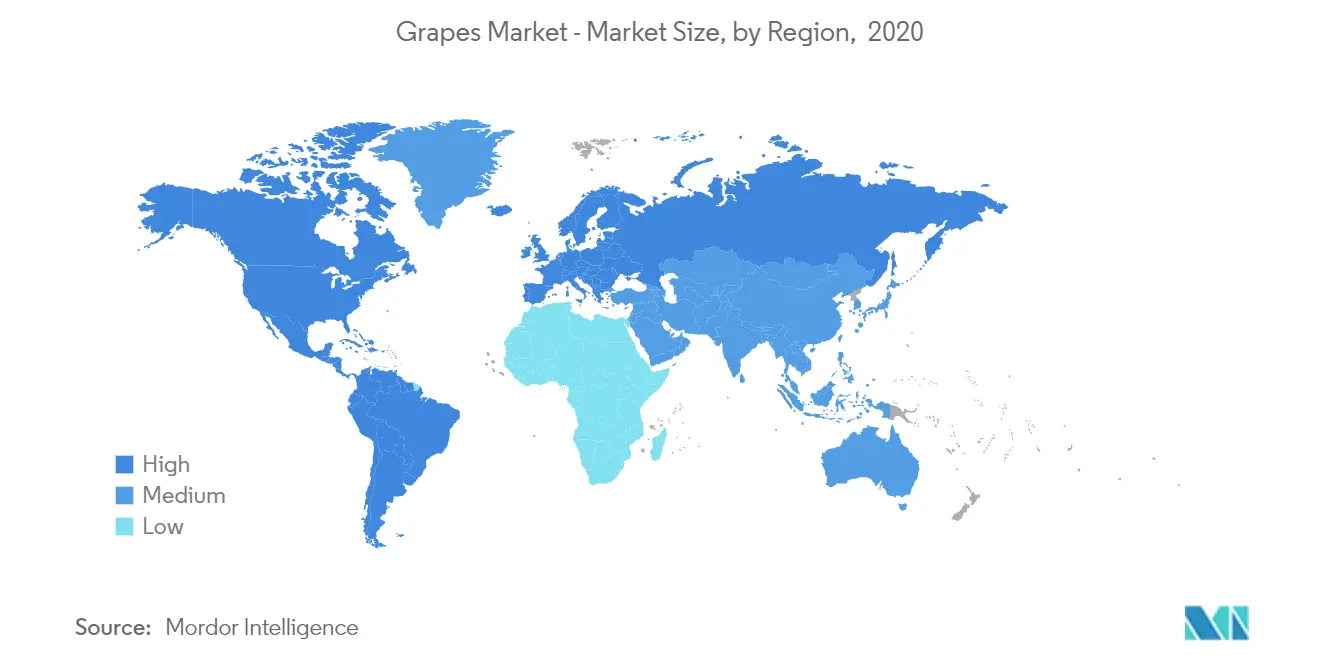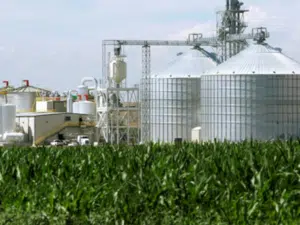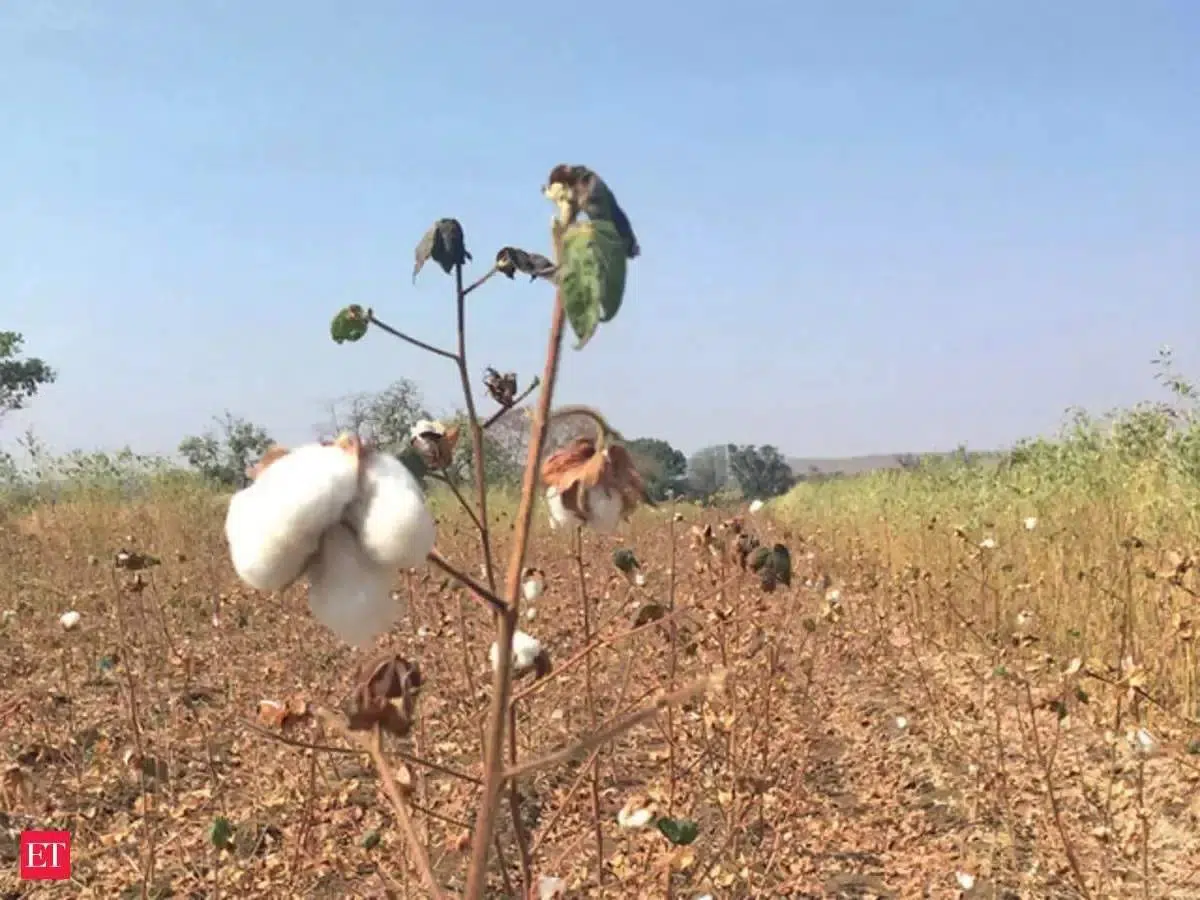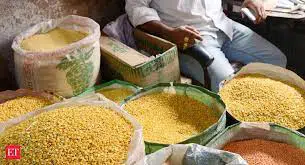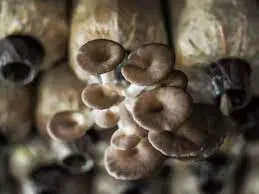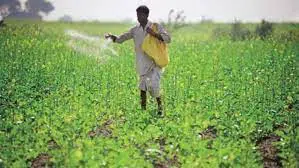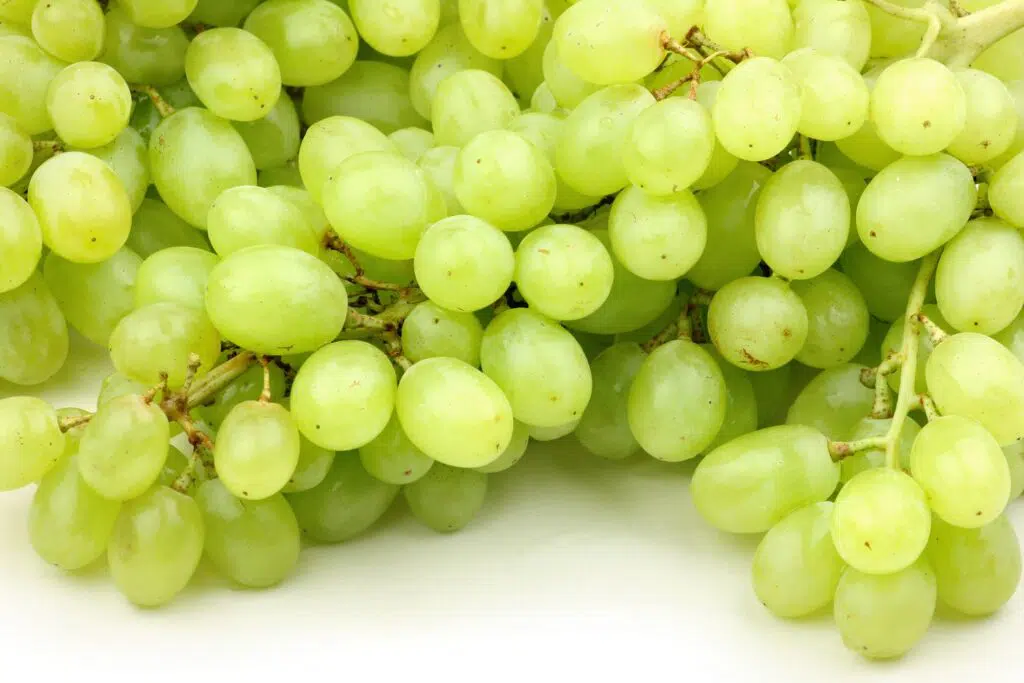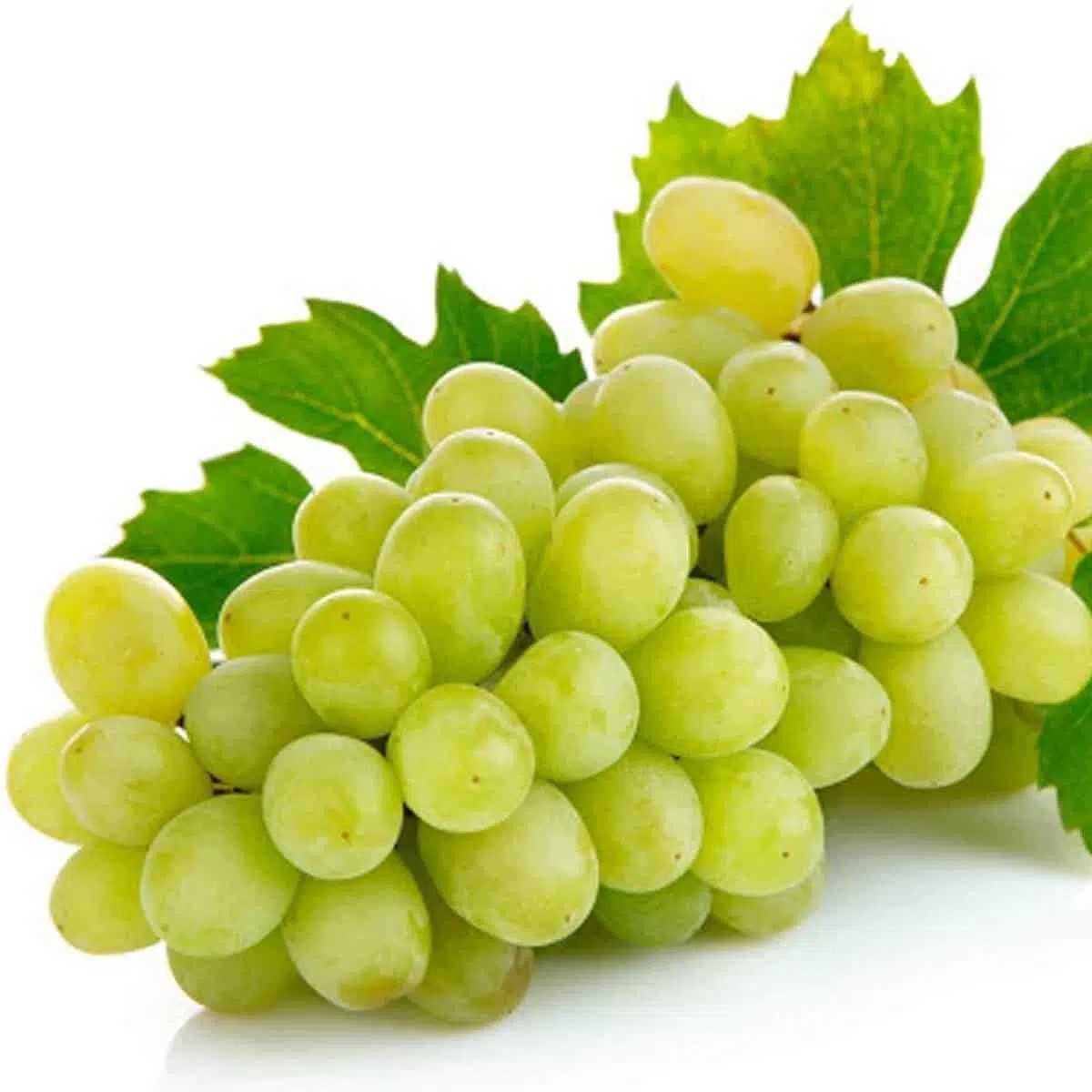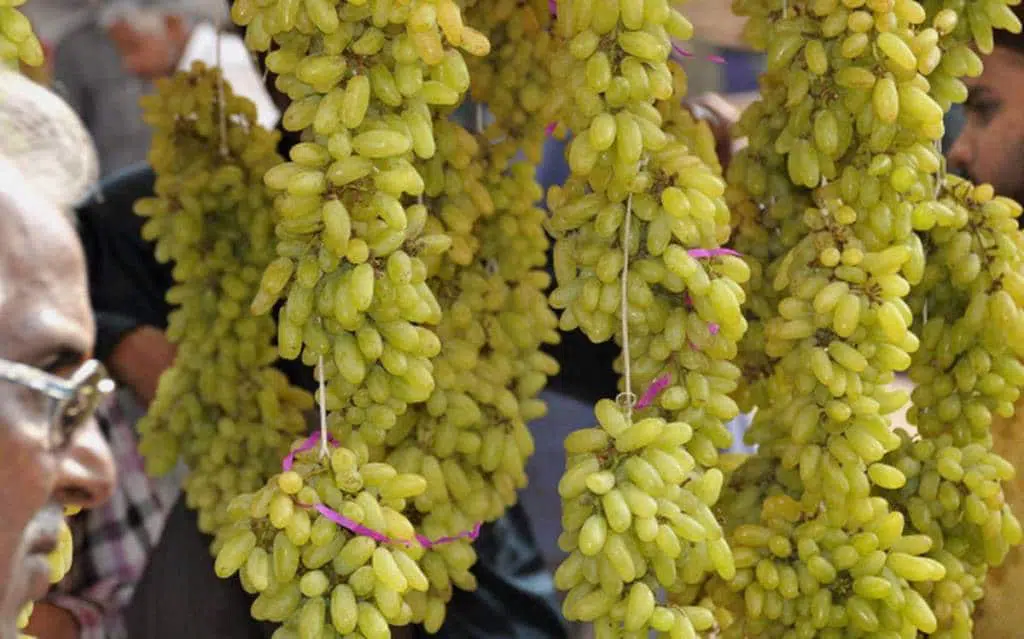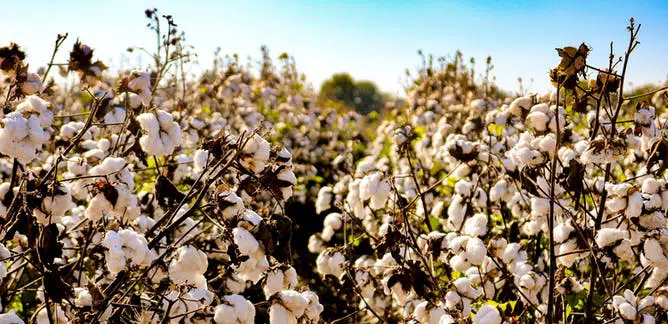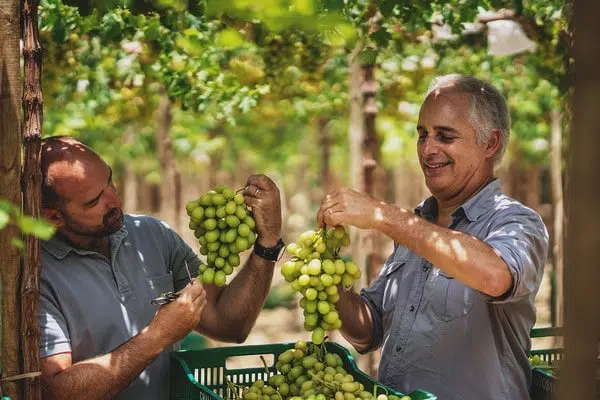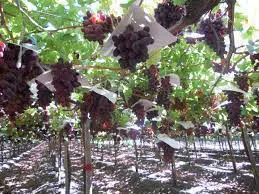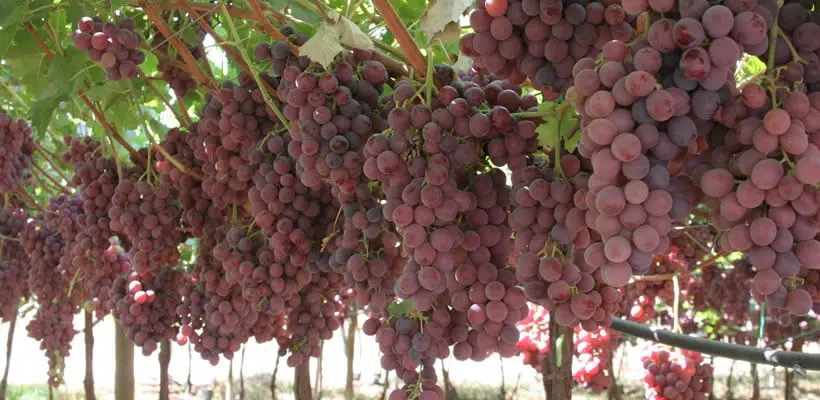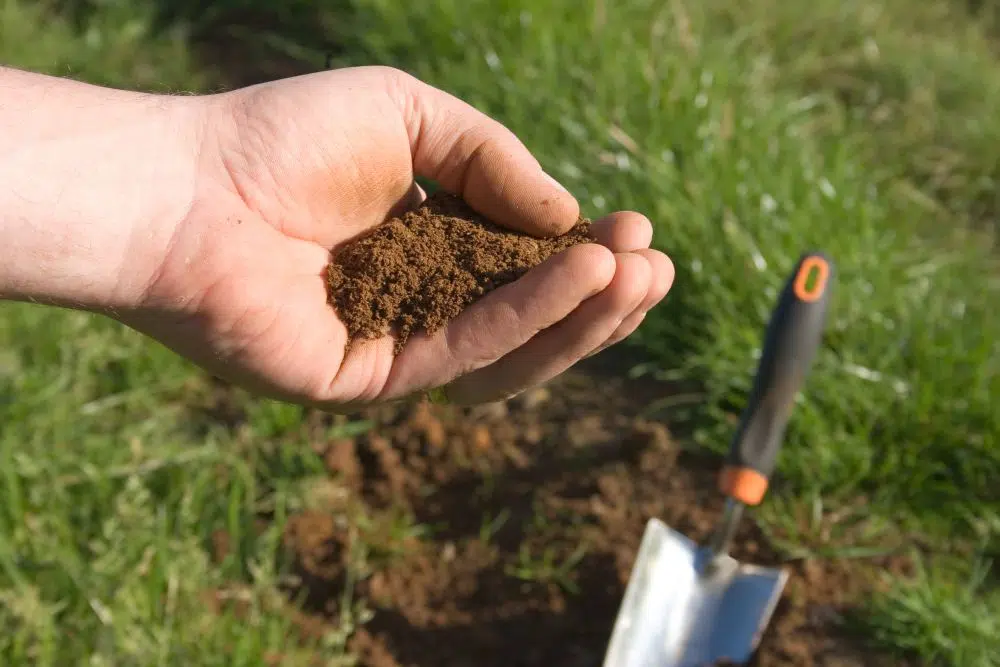dvanced technologies enable the controlled release of medicine to specific cells in the body. Scientists argue these same technologies must be applied to agriculture if growers are to meet increasing global food demands.
In a new Nature journal review paper, scientists from UC Riverside and Carnegie Mellon University highlight some of the best-known strategies for improving agriculture with nanotechnology.
Nanotechnology is an umbrella term for the study and design of microscopically small things. How small? A nanometer is one billionth of a meter, or about 100,000 times smaller than the width of a human hair. Using nanotechnology, drugs can now be delivered where they’re most needed. But these insights have yet to be applied to plant science on a large scale.
“There are studies predicting we will need to increase food production by up to 60% in 2050 relative to 2020 levels. Right now, we are trying to do that through inefficient agrochemical delivery,” said Juan Pablo Giraldo, UCR associate professor and paper co-corresponding author.
“Half of all the fertilizer applied on farms is lost in the environment and pollutes the groundwater. In the case of commonly used pesticides, it’s even worse. Only 5% reach their intended targets. The rest ends up contaminating the environment. There is a lot of room for improvement,” Giraldo said.
For more information click here.

